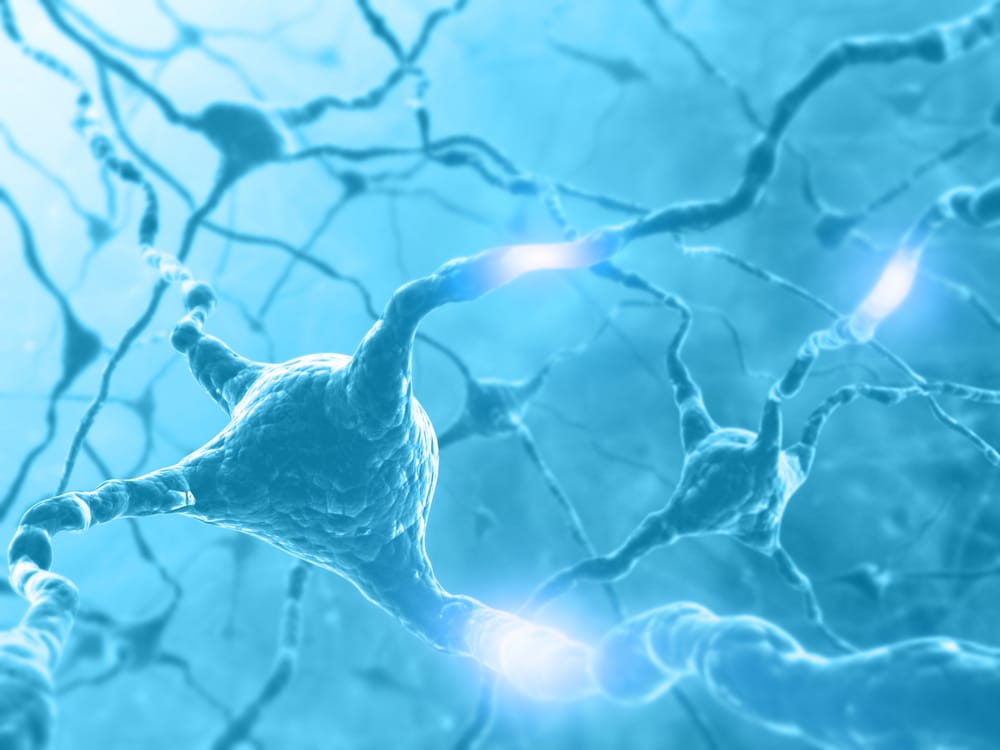More than 2.3 million people worldwide have multiple sclerosis (MS), according to the National Multiple Sclerosis Society. While the cause of MS is unknown, it is considered an autoimmune disease, or a condition in which the body’s immune system attacks its own tissues. Autoimmune researchers have long sought a way to “redirect” immune cells to protect the healthy tissue. Now, a new study led by West Virginia University School of Medicine researcher Kelly Monaghan suggests that the STAT5 protein could provide that desperately-needed redirection. Monaghan’s study, which utilizes EAE induction in mouse models, was published in the Proceedings of the National Academy of Sciences (PNAS) and cited in Science Daily.
Could STAT5 Be the Answer to Improving MS Outcomes?
Monaghan’s study focused on STAT5, a type of protein known as a transcription factor. As Monaghan pointed out in Science Daily, STAT5 is a member of the STAT protein family, and it serves several roles in cell proliferation, inflammation, and gene expression. “Importantly, STAT5 proteins must form dimers to regulate gene expression,” Monaghan explained. “The interaction of two dimers results in the formation of tetramers, which regulate an independent set of target genes.” (Dimers and tetramers are essentially structurally bonded proteins.)
Think of STAT5 tetramers as commanders, with the power to dictate the actions of other proteins. With this in mind, Monaghan and her colleagues hypothesized that STAT5 could play a role in the development of MS – specifically, the infiltration of immune cells into the meninges of the central nervous system, causing the nervous system breakdown associated with MS. Monaghan’s team wondered if STAT5 tetramers help signal white blood cells, “commanding” the immune cells to push through the meninges in the central nervous system.
Exploring STAT5 With EAE Induction
To explore STAT5’s role in MS symptoms, Monaghan had to explore how STAT5 tetramers can “command” other proteins – specifically, a protein called CCL17. CCL17 presented an interesting case study because it directly prompts T cells, a type of white blood cell, to attack the central nervous system. But how?
To find out, Monaghan and her team analyzed two groups of mice. The first group was genetically modified so that its STAT5 tetramer proteins could not trigger the problematic CCL17 response associated with MS; meanwhile, the second group was what Science Daily calls “genetically normal.” The researchers injected all of the mice with T cells to induce an experimental form of MS called experimental autoimmune encephalomyelitis, or EAE. Their goal was to witness which mice developed EAE symptoms. Interestingly enough, the genetically modified mice developed far fewer symptoms than the normal mice, suggesting that interrupting their STAT5 tetramer reaction protected them against the disease.
Implications of the Study
Ultimately, the study proves that interrupting the STAT5 tetramer reaction could lead to much milder MS symptoms. This has excellent implications for the development of future treatments. “Current drugs for MS treatment are quite effective at reducing the rate of relapse but cannot stop disease progression,” Monaghan said. “The bottleneck of developing more effective drugs is that we do not have a complete picture about how the disease is initiated and progresses.” With this study, researchers are one step closer to filling out that complete picture, both for MS patients and individuals diagnosed with other autoimmune conditions.
_____
Now that Monaghan’s team has proven the role of interrupting the STAT5 tetramer reaction, other scientists may follow in their footsteps. With time, Monaghan’s findings could prove invaluable to MS research.
Scantox is a part of Scantox, a GLP/GCP-compliant contract research organization (CRO) delivering the highest grade of Discovery, Regulatory Toxicology and CMC/Analytical services since 1977. Scantox focuses on preclinical studies related to central nervous system (CNS) diseases, rare diseases, and mental disorders. With highly predictive disease models available on site and unparalleled preclinical experience, Scantox can handle most CNS drug development needs for biopharmaceutical companies of all sizes. For more information about Scantox, visit www.scantox.com.

